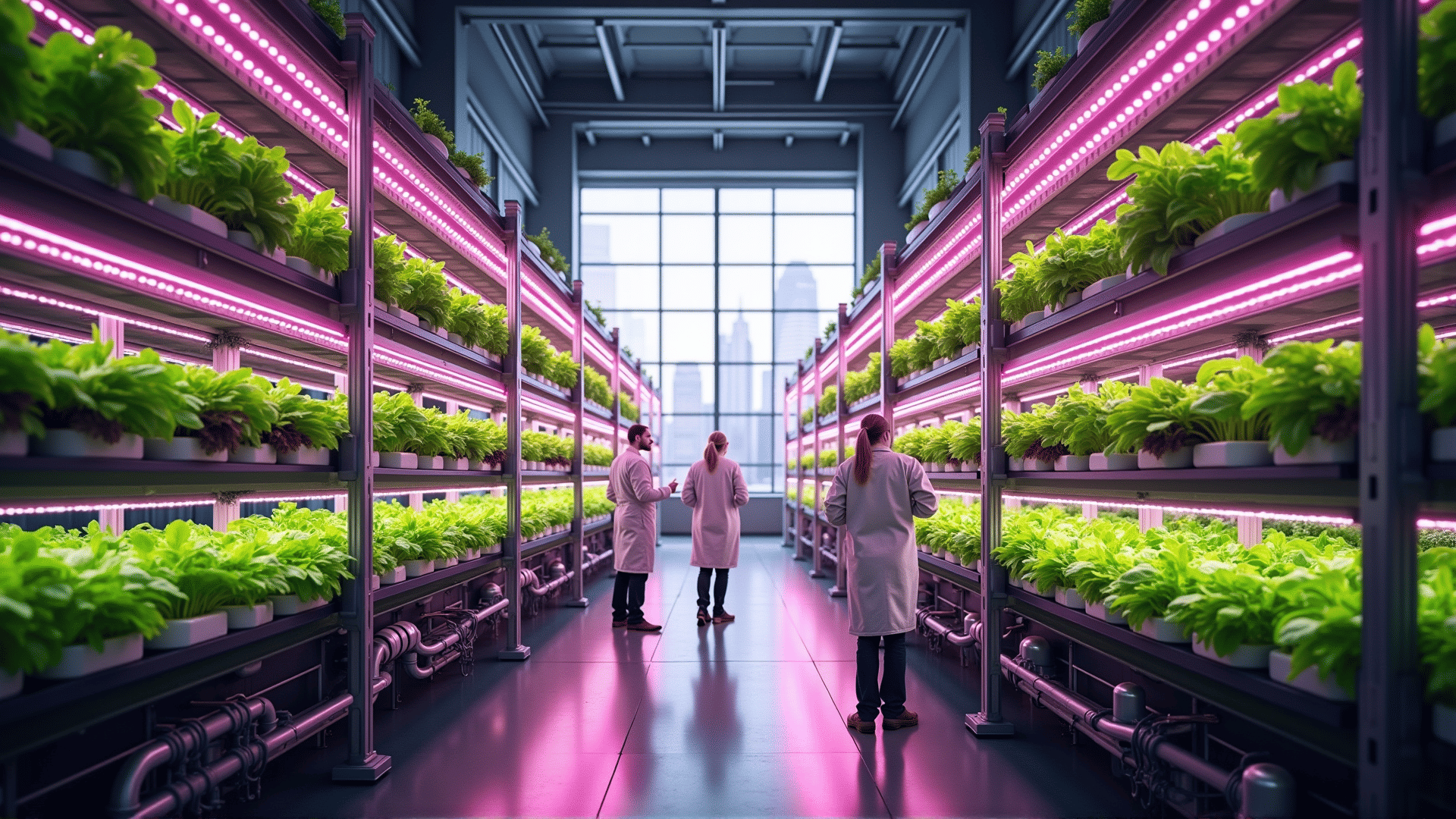As the world’s population continues to grow, urban areas are becoming more densely populated, and the demand for fresh produce in these cities is rising. Traditional agriculture, reliant on vast tracts of land and significant water usage, increasingly struggles to meet these demands. However, vertical farming emerges as a pioneering solution, potentially transforming how urban populations access fresh, nutritious produce while minimizing environmental impact.
Vertical farming refers to the practice of growing crops in vertically stacked layers, often integrated into other structures like skyscrapers or repurposed warehouses. This method leverages controlled-environment agriculture technology, where factors such as lighting, temperature, water, and nutrients are precisely managed to optimize plant growth. By maintaining such control, vertical farms can produce crops year-round, independent of seasonal changes or adverse weather conditions.
One of the most compelling advantages of vertical farming is its space efficiency. Urban environments are notorious for their limited land availability. By building upwards rather than outwards, vertical farms make the most of these limited spaces, even setting up in previously underutilized areas. This spatial efficiency allows urban centers to become somewhat self-sufficient in their food production, reducing the distance food travels from farm to table and, consequently, cutting down the carbon footprint associated with transportation.
In addition to space conservation, vertical farming offers significant resource savings. Traditional farming can be water-intensive, but vertical farming systems often utilize hydroponics or aeroponics—techniques that grow plants in nutrient-rich water or mist, significantly reducing water usage. Some systems even recycle water, which could lead to as much as a 95% reduction in water consumption compared to traditional agriculture.
Furthermore, vertical farming minimizes the need for pesticides and herbicides. The controlled environments reduce pest and disease prevalence, leading to healthier, organic produce. This not only benefits consumers by providing cleaner products but also promotes biodiversity and reduces chemical runoff into surrounding ecosystems.
From an economic perspective, vertical farming has the potential to rejuvenate urban economies. By creating new opportunities for local employment and entrepreneurship, it can drive innovation and competition in the sustainable agriculture sector. Additionally, urban farms can increase food security by reducing reliance on imported produce, buffering against supply chain disruptions.
The concept of vertical farming is not without its challenges. High initial setup costs and energy requirements for artificial lighting and climate control are significant hurdles to overcome. However, as renewable energy sources become more accessible and technology advances, these challenges are gradually being mitigated.
In summary, vertical farming holds the potential to revolutionize urban agriculture by efficiently utilizing space and resources to meet the growing demand for fresh produce. By enabling cities to grow their own food, this innovative approach can play a vital role in creating greener, more sustainable urban environments. As technology continues to evolve, vertical farming may well become a cornerstone of the future urban food supply, ensuring that the burgeoning urban landscapes are not only sustainable but also thriving.
